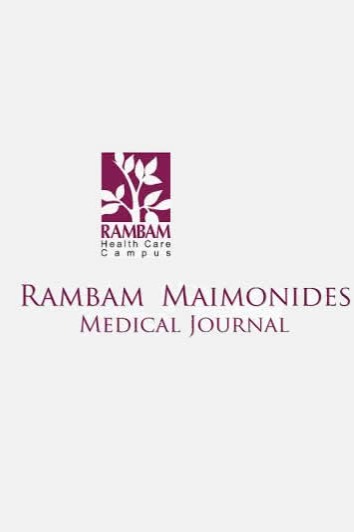
“Background: While six U.S. states have already officially authorized cannabinoids to substitute opioids and treat opioid use disorder, the therapeutic benefits of cannabinoids remain unclear, especially when weighted against their adverse effects.
Methods: We conducted a systematic review of studies examining the association between opioid withdrawal and cannabis use or delta-9-tetrahydrocannabinol (THC) administration. We searched multiple databases from inception to July 30, 2022, and assessed study quality.
Results: Eleven studies were identified, with a total of 5330 participants, of whom 64 % were male. Nine observational studies examined the association between cannabis use and opioid withdrawal. Two randomized, placebo-controlled clinical trials (RCTs) investigated the withdrawal-alleviating effects of dronabinol, a synthetic form of THC. Four observational studies found an association between cannabis use and the alleviation of opioid withdrawal; one reported exacerbation of opioid withdrawal symptoms; and four reported no association. RCTs reported that THC alleviated opioid withdrawal, albeit with dose-dependent increases in measures of abuse liability, dysphoria, and tachycardia. There was high heterogeneity in measurements of opioid withdrawal and the type and dose of opioid at baseline.
Conclusions: Although there is preliminary evidence that cannabis and its main psychoactive constituent, THC, may alleviate opioid withdrawal, these effects are likely to have a narrow therapeutic window. Further, the potential of cannabinoids to alleviate opioid withdrawal is determined by complex interactions between patient characteristics and pharmacological factors. Collectively, these findings have clinical, methodological, and mechanistic implications for treating opioid withdrawal during cannabinoid use, and for efforts to alleviate opioid withdrawal using non-opioid therapeutics.”
https://pubmed.ncbi.nlm.nih.gov/36434879/
https://www.sciencedirect.com/science/article/abs/pii/S0376871622004392?via%3Dihub








